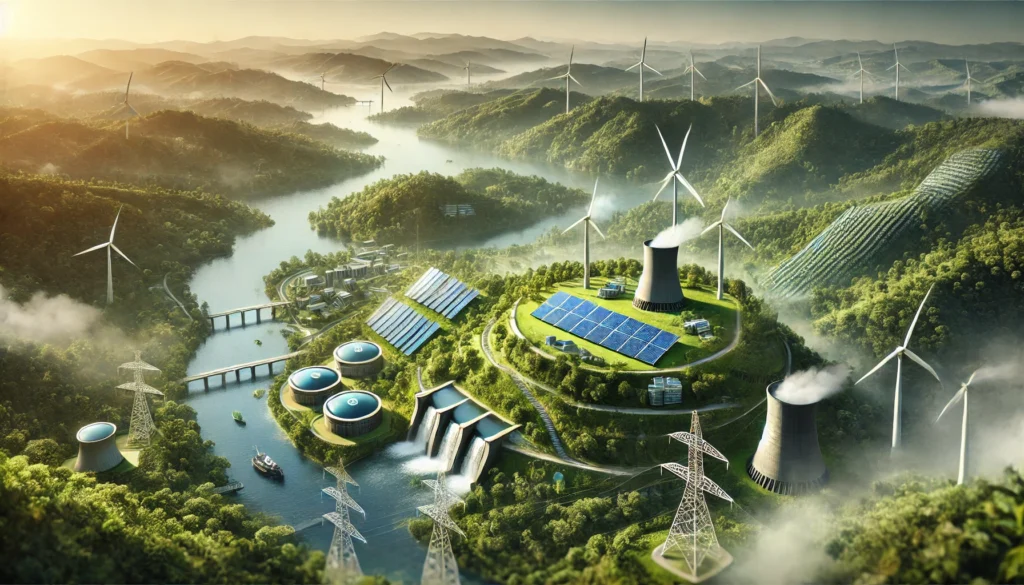The European Commission has announced its Clean Industrial Deal, a sweeping proposal to reduce tens of billions of euros of fossil fuel import bills by 2025. The policy package is designed to boost the production of renewable energy, reduce permitting times, and reform tariff systems to enable sustainable energy projects in the European Union.
Principal Objectives and Policy Reforms
One of the grand pillars of the Clean Industrial Pact is to guarantee that 40% of such renewable energy technology as solar panels and wind turbines is manufactured in the EU. This will be a bid to break itself away from cheap foreign imports and strengthen the clean energy infrastructure in the EU. Other key measures include:
- Streamlining permit approvals for clean energy projects.
- Amending energy tariffs to favor renewable energy suppliers.
- Raising subsidies to encourage the growth of renewable energy sources.
- Transferring burdens of sustainability regulation from small and medium-sized enterprises to major polluters.
Economic Impact and Projected Savings
An EU executive estimate calculates that the Clean Industrial Deal will create €45 billion ($47.3 billion) worth of savings on imports of fossil fuels in 2025 alone. These are estimated to rise to €130 billion a year by 2030, adding even more to the bloc’s energy security and autonomy.
“These projects are expensive, but doing nothing is more expensive,” EU Energy Commissioner Dan Jorgensen told Reuters in an interview. “We save money by not purchasing fuel from abroad.”
Geopolitical Context and Market Pressures
The European Union’s action to speed up the adoption of renewable energy follows a rise in geopolitical tensions and economic rivalry. The 2022 Russian invasion of Ukraine prompted a sudden realignment of the EU’s energy policy, with declining Russian gas supplies. As a response, the bloc has pursued its transition toward local clean energy solutions with vigor.
Moreover, the EU is also under pressure from outside by the United States. The former US President Donald Trump has threatened to impose tariffs on European goods unless the bloc boosts its American fuel purchases. The EU, however, is determined to pursue its green agenda despite possible trade tensions.
Challenges and Industry Response
While the Clean Industrial Deal holds the potential for large economic and environmental payoffs, it also has hurdles to overcome. The expense of expanding renewable energy infrastructure is still high, and some EU member nations will fight adjustments to tariff structures. Furthermore, renewable energy firms grappling with cheap foreign competition and sluggish demand growth will require significant government assistance to survive.
Conclusion
The Clean Industrial Agreement is a key step in the EU’s commitment to sustainable energy and economic security. By diversifying away from fossil fuel imports, increasing the production of renewable energy, and creating a cleaner industrial base, the bloc is establishing itself as a world leader in the clean energy revolution. But it will be essential to overcome economic, geopolitical, and regulatory hurdles to succeed in the next few years.

